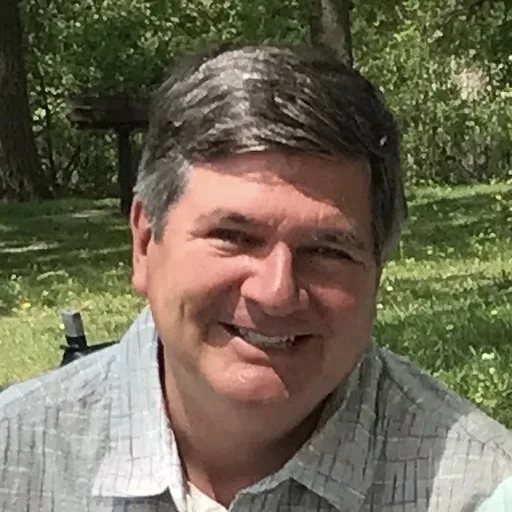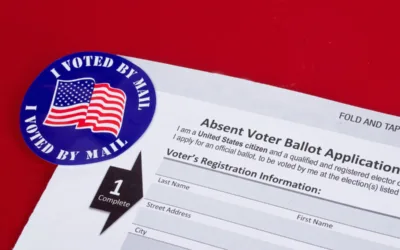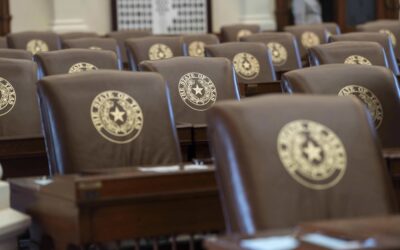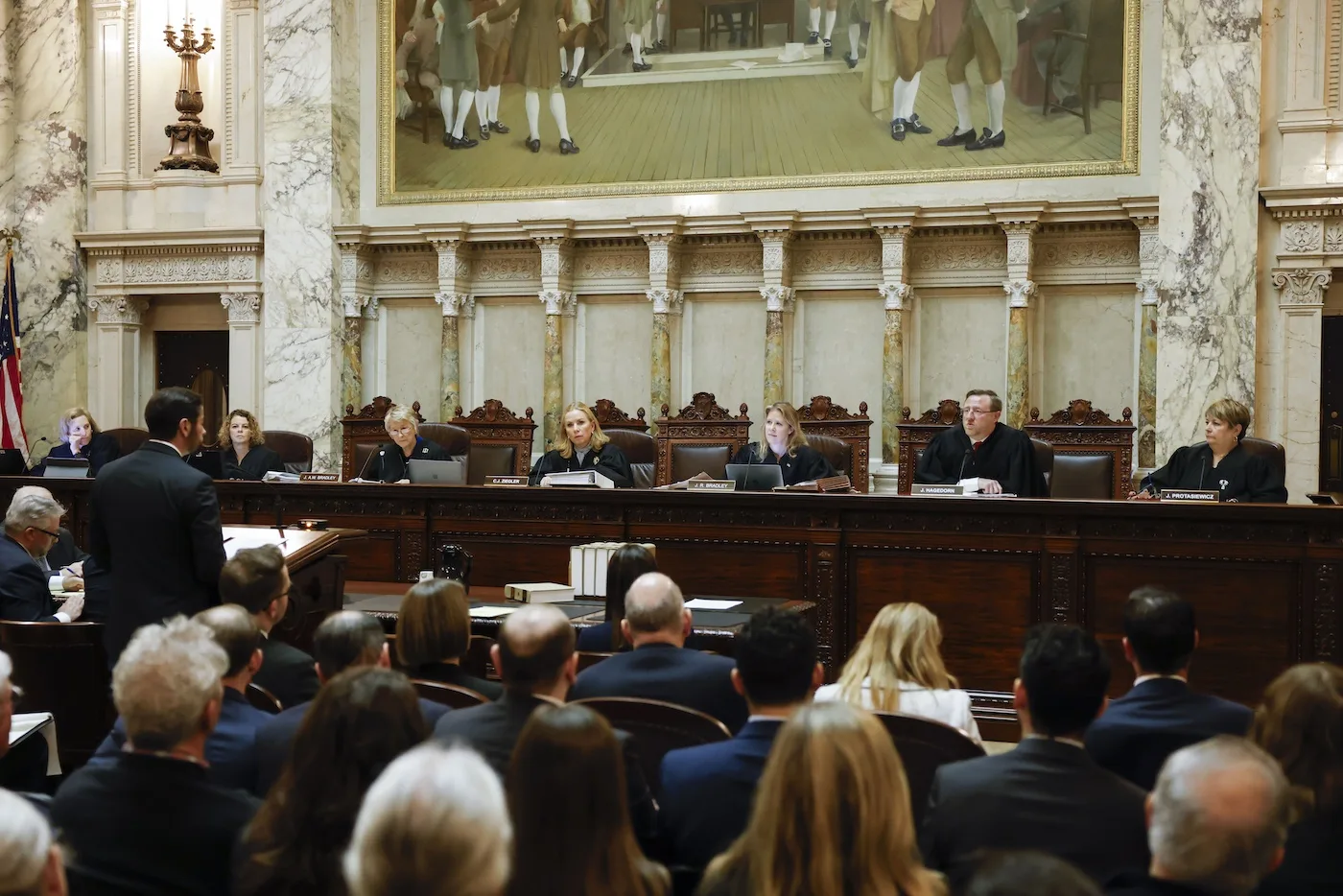
The Wisconsin Supreme Court listens to arguments in a redistricting hearing at the state Capitol in Madison on Nov. 21, 2023. (Ruthie Hauge/The Capital Times via AP, Pool)
Republicans claim they cannot meet a Jan. 12 deadline to submit new district boundaries, despite 12 years of work to create and defend the most lopsided maps possible.
If you took a break from regular news consumption during the holiday season, you might have missed the lump of coal put in Republicans’ stockings on the Friday prior to Christmas by the Wisconsin Supreme Court—and the accelerated schedule handed down to create new maps of districts for the state Senate and Assembly.
The court, in a 4-3 ruling, declared the maps currently in use violate the Wisconsin Constitution’s requirement in Article IV, Section 4 that members of the Legislature represent districts that should “be bounded by county, precinct, town or ward lines, to consist of contiguous territory and be in as compact form as practicable.” Boundaries are typically drawn every 10 years after a census, to accommodate population shifts.
The case, Clarke vs. Wisconsin Elections Commission, was filed shortly after Justice Janet Protasiewicz took office in August, giving the court a liberal majority and an opportunity to test the contiguity argument against the maps.
Justice Jill Karofsky opened the majority opinion by noting that “the number of state legislative districts containing territory completely disconnected from the rest of the district is striking. At least 50 of 99 assembly districts and at least 20 of 33 senate districts include separate, detached territory.”
The sprawling, often-disconnected districts were first noted by critics in the 2011 maps that were drawn after Republicans took control of both houses of the Legislature and secretly used the resources of a private law firm to create maps that moved millions of voters into new districts designed to ensure Republican majorities even if the cumulative statewide vote favored Democrats—a process known as partisan gerrymandering. The 2011 boundaries, updated and further tilted toward Republicans in 2021, were protected by a state Supreme Court that was under conservative control for 15 years until the election of Protasiewicz.
Under the current lines in a state closely divided between Democratic and Republican voters, the GOP has a 22-11 supermajority in the Senate and a whopping 64-35 majority in the Assembly, even as Democrats have won 13 of the 16 major statewide elections dating back to 2018.
The ruling called for new maps to be prepared in time for 2024 legislative elections, which requires final action by early March in order to meet deadlines for candidates and elections officials. The justices gave the parties in the case a Jan. 12 deadline to submit new map proposals, in case Republicans who control the Legislature and Democratic Gov. Tony Evers are not able to first agree on new lines for Assembly and Senate districts. Last week, Republicans told the justices they could not meet the deadline, even though various groups representing all parts of the political spectrum have generated thousands of possible variations over the years.
Contiguity might seem to be a new and novel argument against maps that have been largely intact for more than a dozen years, but the new liberal Supreme Court majority opinion does one thing that the previous conservative-controlled court did not: recognize and defend the original language in the state’s highest legal document.
“Contiguity is something that is often taken for granted, but it’s actually written into the Wisconsin Constitution,” Professor Sam Wang, director of the Electoral Innovation Lab at the Princeton University Gerrymandering Project, told UpNorthNews Radio. “And Article IV is that you should be able to either walk across or, in some cases, swim across and stay within a district the whole time.”
The constitution also requires compactness, which Wang said means a district “shouldn’t be a funny shape, where a circle is sort of this perfect world shape and then a sneaky shape is sort of the opposite. There’s also an article for no splitting of preexisting political boundaries. And my understanding is that in Wisconsin, 72 counties, the legislative map actually has 73 county splits. And so there’s more splits than the number of counties that you have in Wisconsin.”
In a dissenting opinion, the court’s three conservative justices angrily attacked their progressive colleagues, accusing them of the same partisan motivations of which they’ve been accused since 2011. Chief Justice Annette Ziegler accused the majority of “judicial activism” and called the ruling “the latest in a series of power grabs by this new rogue court of four, creating a pattern of illicit power aggregation which disrupts, if not destroys, stability in the law.”
Support Our Cause
Thank you for taking the time to read our work. Before you go, we hope you'll consider supporting our values-driven journalism, which has always strived to make clear what's really at stake for Wisconsinites and our future.
Since day one, our goal here at UpNorthNews has always been to empower people across the state with fact-based news and information. We believe that when people are armed with knowledge about what's happening in their local, state, and federal governments—including who is working on their behalf and who is actively trying to block efforts aimed at improving the daily lives of Wisconsin families—they will be inspired to become civically engaged.


How Derrick Van Orden’s threats hurt everyone in his district
A member of Congress targeting freedom of expression might not lead to criminal prosecutions or federal defunding today, but it creates a political...

Opinion: Here’s how to address 7 claims made to justify book bans
Besides correcting misinformation, there are other actions you can take to guarantee the freedom to read in our communities. [Editor’s Note: Author...
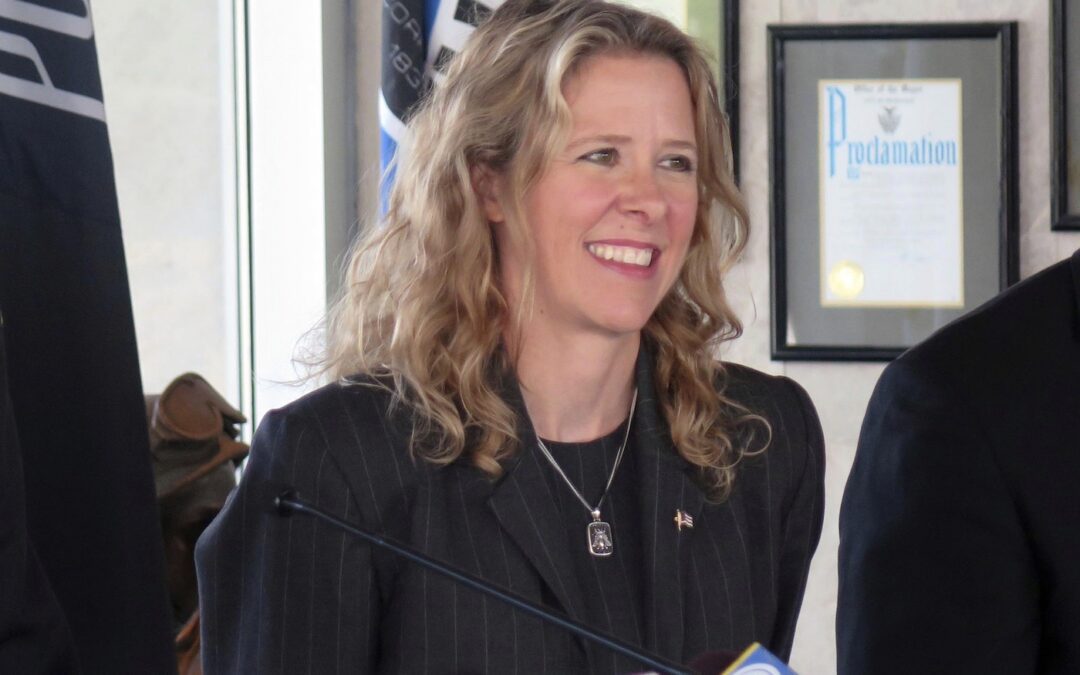
Key Wisconsin GOP Supreme Court justice announces exit, citing bitter political climate
While not announcing her next move, Justice Rebecca Bradley said fellow conservatives need to “take stock of their failures and fix it.”...
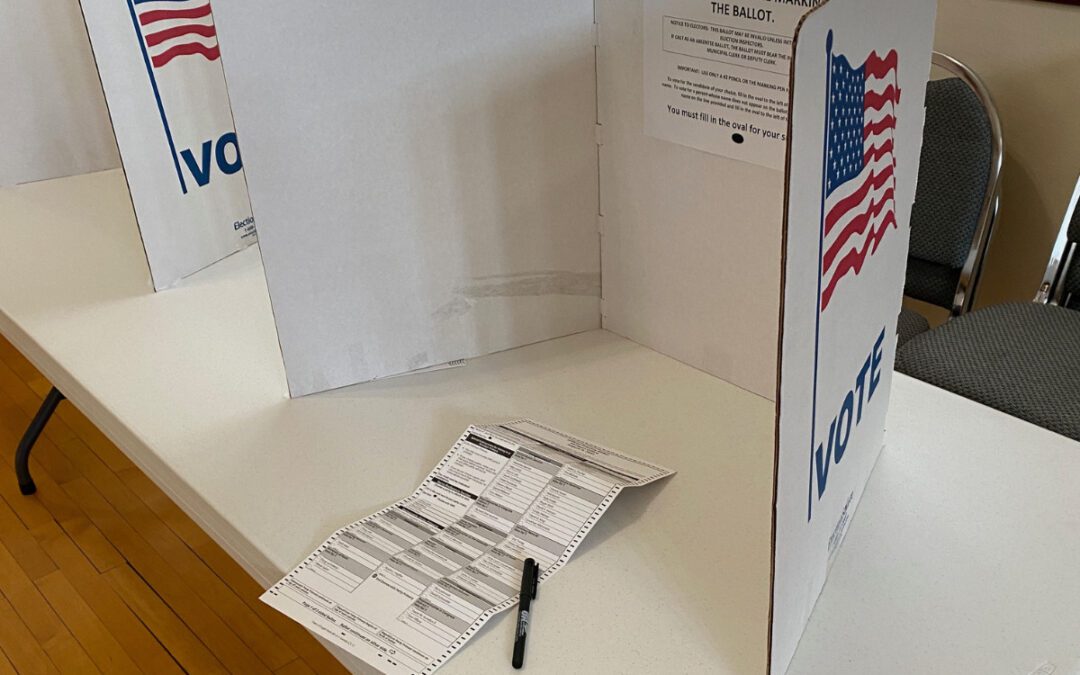
Citizen-driven ballot initiatives can’t happen in Wisconsin, but some people are trying to change that
About half the states have some process that allows citizens to collect enough signatures to force statewide referendums — something only the...

